Overhead fiber optic cable is suitable for long-distance lines and dedicated network optical cable lines or some local special sections. It provides high tensile strength, good performance of mechanical and temperature, and low-cost installation. In this article, you’ll be learning about overhead fiber optic cable and its installation method and requirement.
What is Overhead Fiber Optic Cable?
Overhead fiber optic cable also known as aerial fiber optic cable is fiber optic cable installed on poles. The overhead fiber optic cable uses the original overhead wire and pole infrastructure. This overhead laying method can save construction costs and shorten the construction period. Overhead fiber optic cable is mainly used for secondary trunk lines, core networks, metropolitan area networks (MAN), access networks, FTTH feeders and distribution and is suitable for areas with flat terrain and small undulations. In addition, overhead fiber optic cable is vulnerable to typhoons, ice, floods, and other natural disasters, but also vulnerable to external forces and its mechanical strength weakening and other effects. Overhead fiber optic cables ( like figure 8 armored type) do not require a messenger wire during installation.
Installation Method
There are two methods to install overhead fiber optic cables: the moving reel method and the stationary reel method.
1. Moving reel installation method: is normally adopted when a cable reel trailer or aerial lift truck can be moved along the pole line and there are no obstructions to prevent raising the cable. It is a one-pass operation without requiring the use of cable blocks or pulls lines, saving time for the whole deployment.
2. Stationary reel method: is typically used when the route is not fully accessible by support vehicles. The cable is pulled into place from a stationary reel located at one end of the section run, and supported by temporary hardware. Once the cable is in position, it is transferred to the permanent support hardware.
Installation Requirements
1. The distance between poles of overhead lines is 25-40 meters in the urban area, 40-50 meters in the suburbs, and no more than 67 meters in other sections.
2. Overhead fiber optic cable should adopt a galvanized steel strand with the specification of 7/2.2mm as the suspension wire. For armored fiber optic cable, a steel strand with 7/2.0mm or /1.8mm can be used as well.
3. When comes to the sag of the aerial fiber optic cable, the elongation during the erection process and when it is subjected to the maximum load after erection should be taken into consideration.
4. A proper and stretched overhead fiber optic cable should be left on poles.
5. Erect the poles according to the design requirements, put the hanging wires, or use the original poles to renovate to meet the specified requirements.
6. The hanging distance of the optical cable hook is required to be 50 cm with an allowable deviation of no more than ±3 cm. The overhead fiber optic cable clamps should be evenly hung and the hook pallets are complete. It is also crucial to choose different sizes of hook models for the outer diameter of various aerial fiber optic cables.
Conclusion
Overhead fiber optic cable solution is typically faster and less expensive to deploy than digging, particularly for backbone fiber. It provides a cost-effective solution for many users that consider overhead fiber optic cable deployments. Sun Telecom provides overhead fiber optic cable to the global market. Contact us if you have any needs.


 Position :
Home>
News & Tutorial
>Products
Position :
Home>
News & Tutorial
>Products
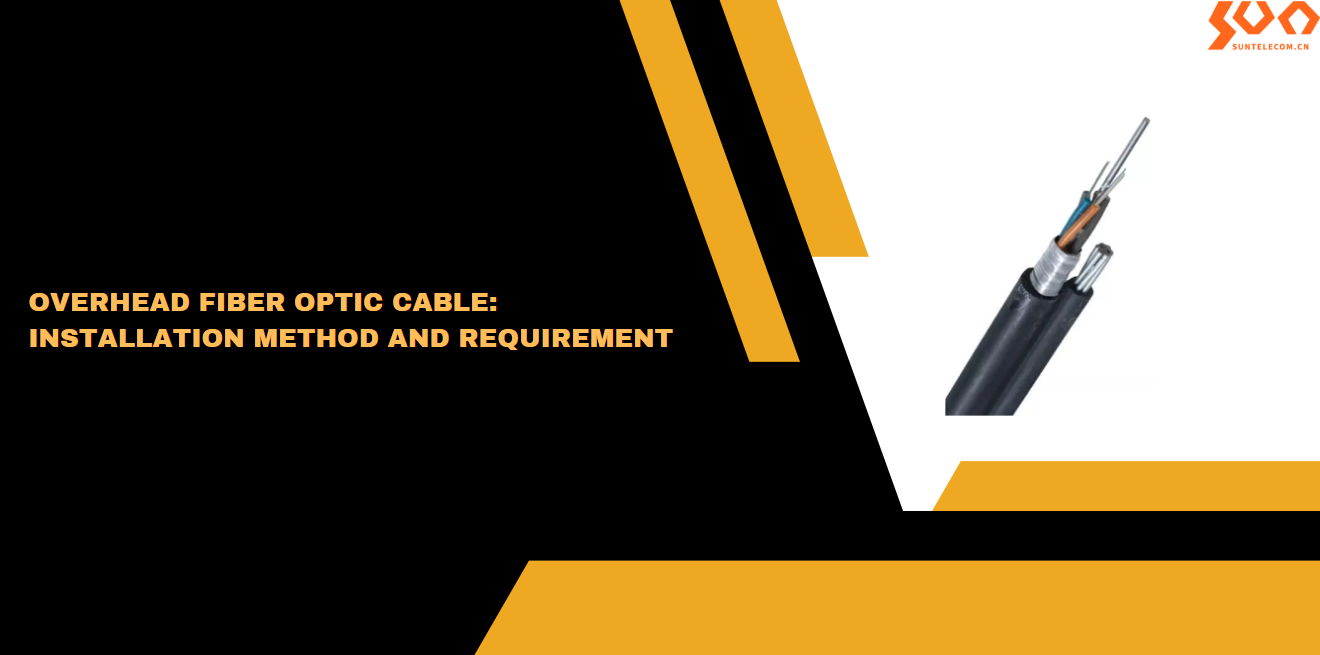
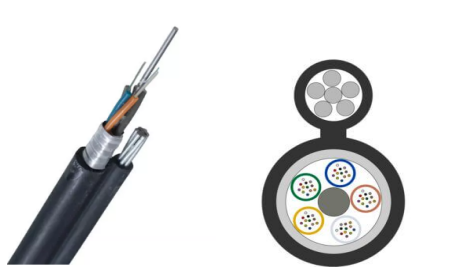


 Position :
Home
>Products
Position :
Home
>Products
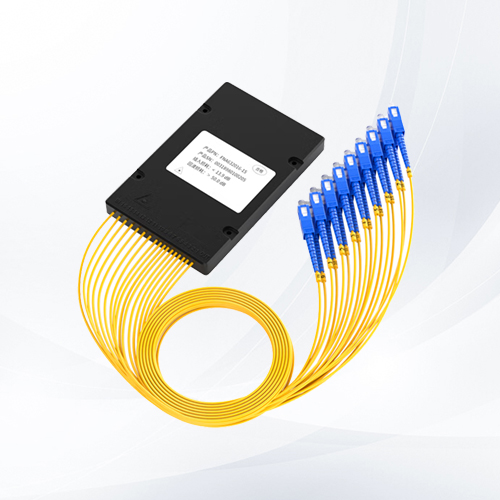

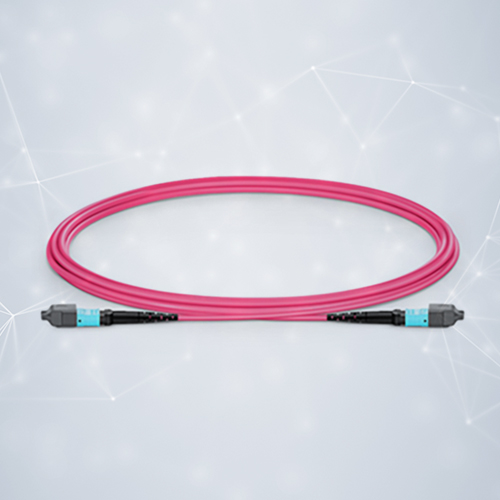
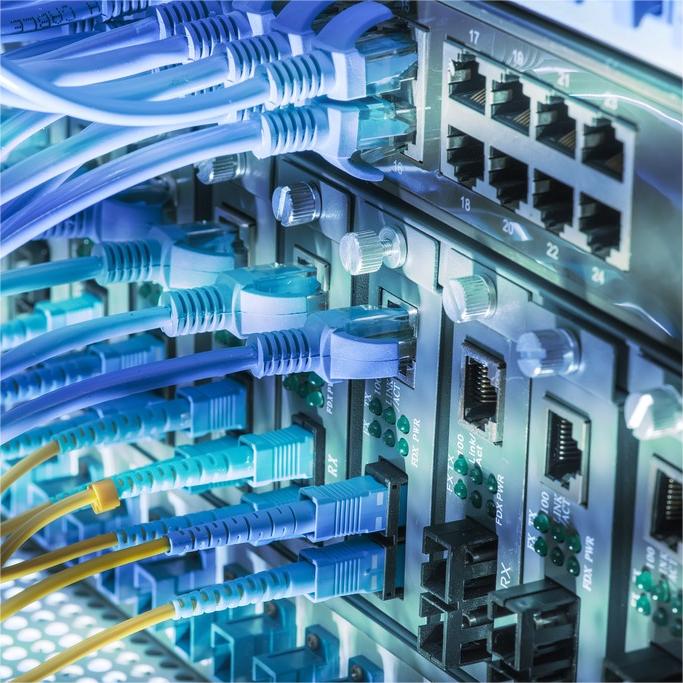
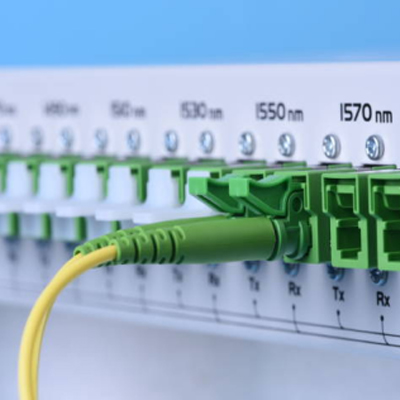
 ics@suntelecom.cn
ics@suntelecom.cn  +86 18964888554
+86 18964888554 Building No.145, Lane 666 Xianing Road, Jinshan Industrial Zone, Shanghai 201506, China
Building No.145, Lane 666 Xianing Road, Jinshan Industrial Zone, Shanghai 201506, China